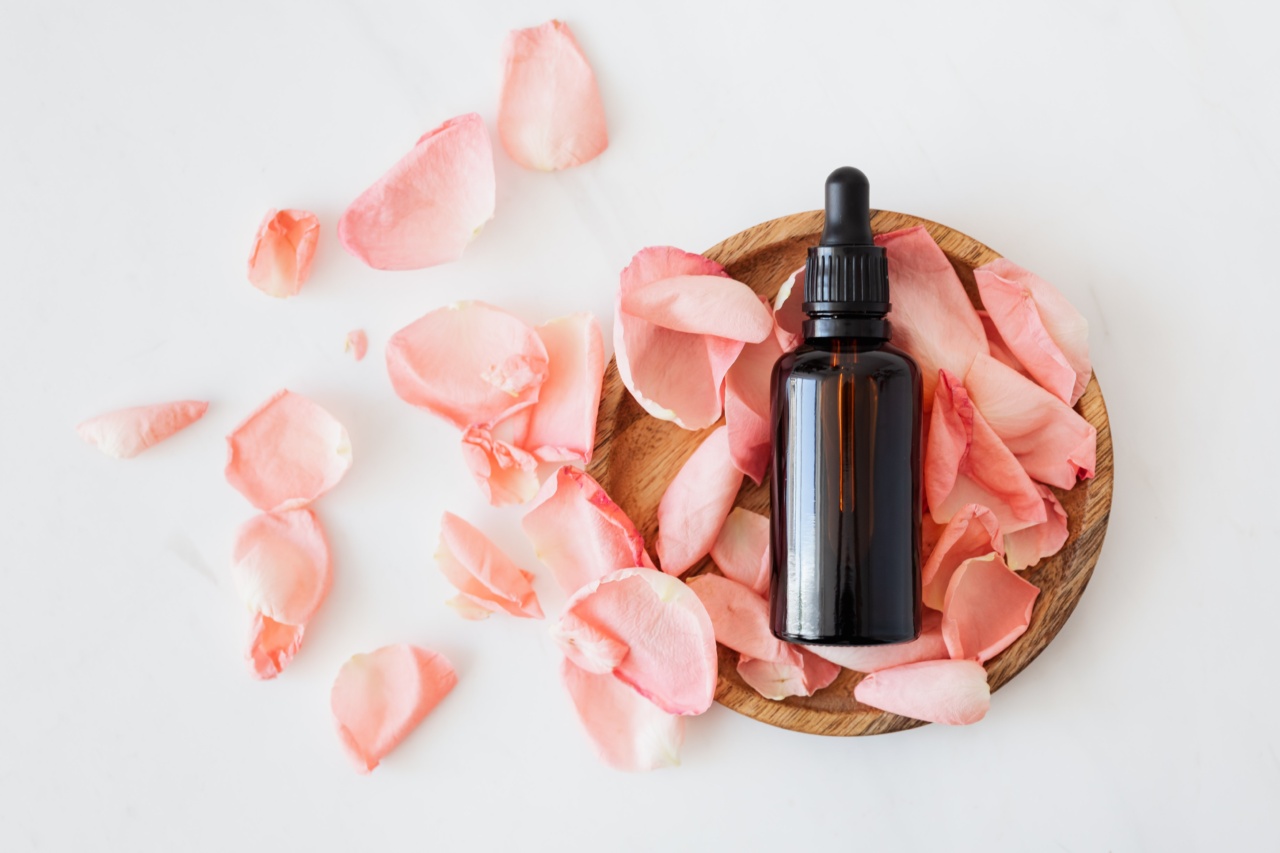Tendonitis is a condition characterized by inflammation and irritation of a tendon, which is the thick fibrous tissue that connects muscle to bone.
It commonly occurs due to repetitive movements, overuse, or strain on the tendon, resulting in pain, swelling, and limited mobility. Tendonitis can affect various parts of the body, including the elbow, wrist, shoulder, knee, and ankle. If left untreated, it can worsen over time and lead to chronic pain and disability.
However, with proper treatment and self-care measures, tendonitis can be effectively managed.
Understanding the Causes of Tendonitis
Tendonitis is often caused by repetitive activities that strain the tendons. Such activities include sports that involve repetitive motions, such as tennis, golf, or swimming. Factors that can contribute to the development of tendonitis include:.
- Improper technique or form during physical activities
- Inadequate warm-up before exercise
- Overtraining or excessive exercise
- Poor posture
- Age-related wear and tear
- Biomechanical imbalances
- Previous injuries or tendon damage
- Medical conditions like rheumatoid arthritis or diabetes
Recognizing the Symptoms of Tendonitis
Tendonitis can present with different symptoms depending on the affected area. However, some common signs and symptoms of tendonitis include:.
- Pain that worsens with movement or activity
- Tenderness or swelling around the affected tendon
- Stiffness or limited range of motion
- A clicking or snapping sensation in the affected area
- Weakness in the affected limb or joint
- A sensation of heat or redness over the tendon
Diagnosing Tendonitis
If you suspect you have tendonitis, it is essential to seek medical evaluation for an accurate diagnosis.
A healthcare professional will perform a thorough physical examination and may order additional tests such as X-rays, ultrasound, or MRI to assess the severity and extent of the tendonitis. These diagnostic tools can help rule out other conditions and determine the best course of treatment.
Treating Tendonitis: Medical Intervention
The treatment approach for tendonitis depends on the severity and location of the condition. In most cases, non-surgical treatments are highly effective and form the first line of management. Medical interventions for tendonitis may include:.
- Rest: One of the most crucial aspects of tendonitis treatment is giving the affected tendon adequate rest to promote healing. This may involve temporarily avoiding activities that exacerbate the symptoms.
- Ice therapy: Applying ice packs to the affected area can help reduce inflammation and relieve pain. Ice should be wrapped in a cloth or towel and applied for 15-20 minutes every 2-3 hours.
- Pain medication: Over-the-counter nonsteroidal anti-inflammatory drugs (NSAIDs) such as ibuprofen or naproxen can provide temporary pain relief and reduce inflammation. However, it is important to consult a healthcare professional before using any medication.
- Physical therapy: A physical therapist can help design a personalized exercise program to strengthen the affected tendon, improve flexibility, and restore range of motion. They may also employ techniques like ultrasound, electrical stimulation, or manual therapy to promote healing.
- Tendon supports: Wearing braces, splints, or orthotics can provide additional support and stability to the affected tendon, reducing strain during movement.
- Corticosteroid injections: In some cases, corticosteroid injections may be recommended to reduce severe pain and inflammation. These injections are typically performed under ultrasound guidance to ensure accurate placement.
Self-Care Measures for Tendonitis
In addition to medical interventions, self-care measures play a vital role in managing tendonitis. Here are some self-care tips that can aid in the treatment and recovery process:.
- Modify activities: Avoid or modify activities that involve repetitive motions or excessive strain on the affected tendon. This may mean adopting proper form and technique during sports or using ergonomic equipment.
- Apply heat: After the initial acute phase, applying heat to the affected area can help improve blood circulation and promote healing. Heating pads, warm towels, or warm baths can be beneficial.
- Stretching and strengthening exercises: Engaging in gentle stretching exercises can help improve flexibility and prevent stiffness. Gradually incorporating strengthening exercises, as advised by a healthcare professional or physical therapist, can also aid in the healing process.
- Massages: Regular massages targeting the affected area can help reduce muscle tension and promote blood flow, alleviating symptoms of tendonitis.
- Ergonomic improvements: Ensure your workspace and daily activities are ergonomically optimized to minimize strain on the tendons. This may involve using proper posture, adjusting desk heights, or using cushioned supports for joints.
- Nutrition and hydration: Maintaining a healthy diet and staying well-hydrated can promote tissue healing and overall well-being. Consuming foods rich in antioxidants and anti-inflammatory properties, such as fruits, vegetables, and omega-3 fatty acids, can aid in the recovery process.
Preventing Tendonitis
While tendonitis is common and can be challenging to prevent completely, taking proactive measures can help minimize the risk. Here are some tips to prevent tendonitis due to overuse:.































